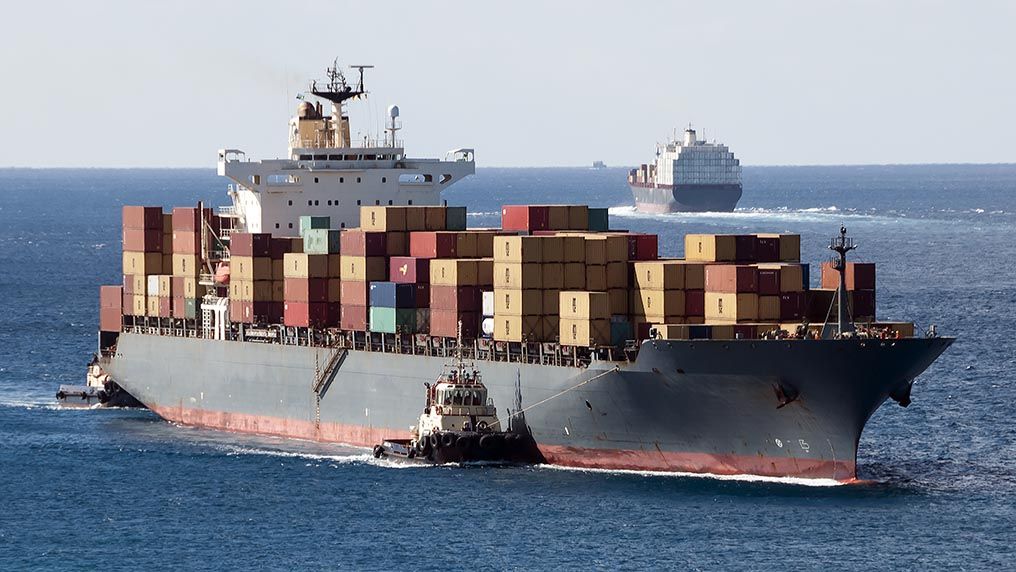Trade Wars Could Swing from Supporting the U.S. Dollar to Dragging it Lower

Image © Adobe Stock
- USD is currently 2018's best performer
- Some analysts think USD could be close to peaking
- UBS sees a decline on the horizon from trade war economic damage
The U.S Dollar continues to outperform peers at present and at the time of writing is up against all major G10 currencies thus far in 2018.
This includes a 3.0% advance against the Euro and Pound, a 8.70% advance on the Australian Dollar and 2.0% advance on the Canadian Dollar.
Dollar strength - a feature of currency since Donald Trump came to power in early 2017 - can thank a number of positive drivers, including strong U.S. economic data, a Federal Reserve which still expects more interest rate hikes into 2019 and upward momentum in U.S. equities.
Another source of support is the safe-haven bid the currency has derived from negative investor sentiment to U.S.-China trade tensions; markets worry that the trade war will impact global growth as the imposition of tariffs on imports by both countries ultimately serves as a tax on trade.
Liquidating investments and putting them into safe-havens such as Dollar and Yen liquidity means that when tensions are elevated, these two currencies are bid higher.
However, Themos Fiotakis, co-head of FX and FI strategy and research at UBS, says the Dollar could soon find the trade war with China pinches U.S. growth and instead of being a driver of appreciation, it becomes a source of weakness.
Fiotakis likens tariffs to a kind of 'tax' on the US consumer which will eventually hurt growth.
"People have not priced in any growth damage into the U.S. from what is essentially a tax to their consumers, and I think how the economy, and how companies react to this will be a key input into what happens next," says the strategist.
"We are bearish the Dollar from here, not extremely so, but bearish," he adds.
The first and most important reason UBS are bearish the Dollar lies with U.S. interest rates expectations, markets are currently "pricing in a near perfect scenario for the Fed" - meaning they continue to price in several more hikes in 2019 in line with the Fed's own expectations.
However, there is a risk the Fed will pause in its hiking campaign at the start of 2019 when the ill-effects of the trade war start to filter through.
"Maybe it happens (rate hikes) - the data is pointing in that direction - but there is a good chance that there will be some damage to the US economy by Q4 or Q1 2019 already and the market is not pricing that in," says Fiotakis.
Investors are also told to be wary of the fading stimulus provided by Donald Trump's tax cut programme, which could weigh on the U.S. Dollar in Q1 2019.
Advertisement
Lock in Sterling's current levels ahead of potential declines: Get up to 5% more foreign exchange for international payments by using a specialist provider to get closer to the real market rate and avoid the gaping spreads charged by your bank when providing currency. Learn more here




